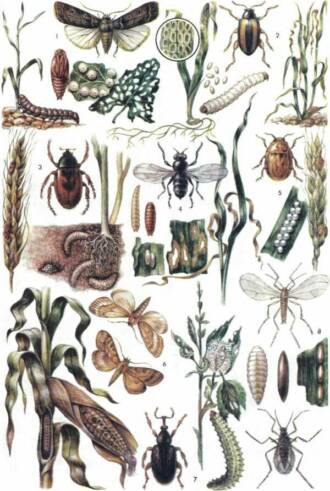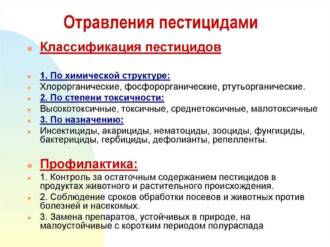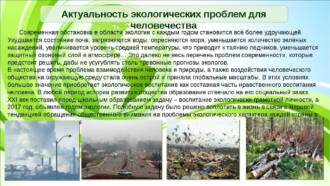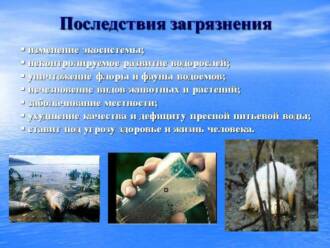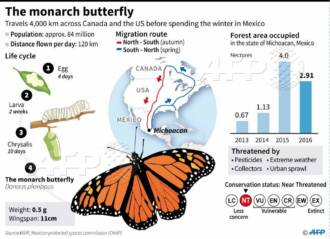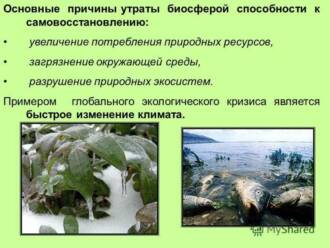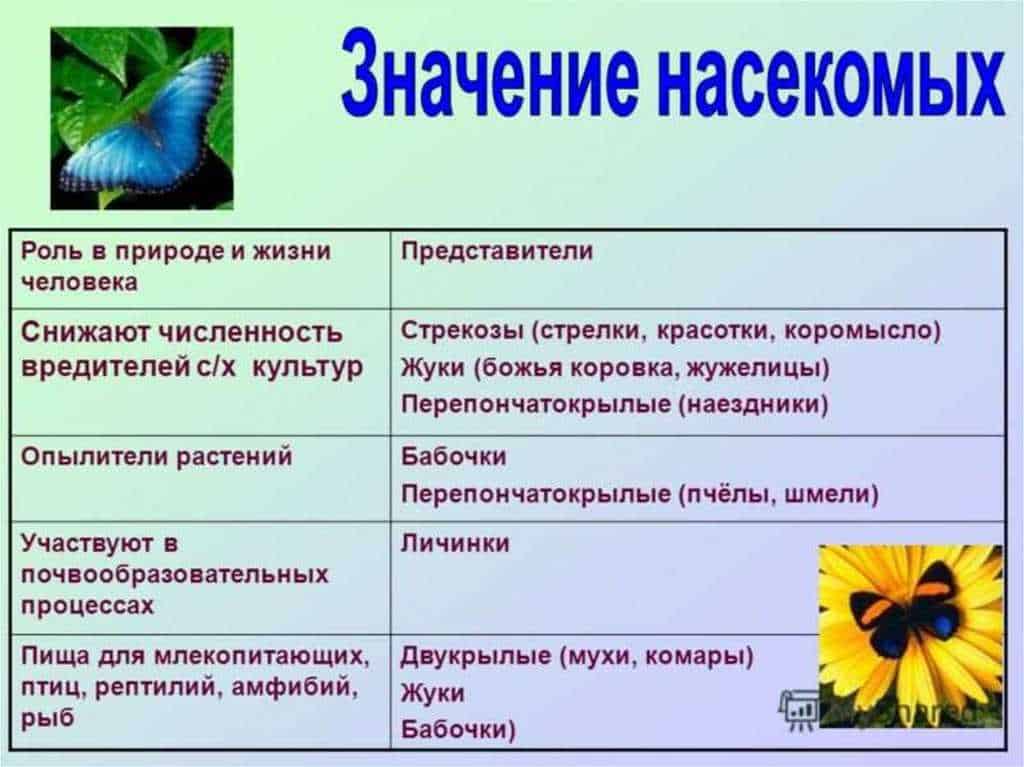
Forests and agricultural land play an important role in maintaining biodiversity and ecosystem services. However, human interference with nature, such as forest clearing and agricultural practices, can have a negative impact on many species, including butterflies.
Butterflies are important plant pollinators and are part of the food chain in an ecosystem. They also function as environmental quality indicators. Changes in their populations may indicate imbalances in the ecosystem and environmental problems.
Forest clearing can result in significant habitat loss for many species of butterflies. Forests are an ideal place for breeding, feeding and protection of these insects. Their destruction or destruction can lead to a decrease in the number and diversity of butterflies.
Agricultural practices such as the use of pesticides and mechanized tillage can also negatively impact butterflies. Pesticides can be poisonous to butterflies and destroy their larvae and food plants. Mechanized tillage can destroy their cocoons and nests, as well as destroy their resting and feeding grounds.
Impact of forest harvesting on butterflies and the ecosystem
Forest harvesting is a process that has a significant impact on butterflies and the ecosystem as a whole. The removal of trees and vegetation from the forest area leads to a change in the microclimate and imbalance in the natural environment, which negatively affects the butterflies.
Microclimate change
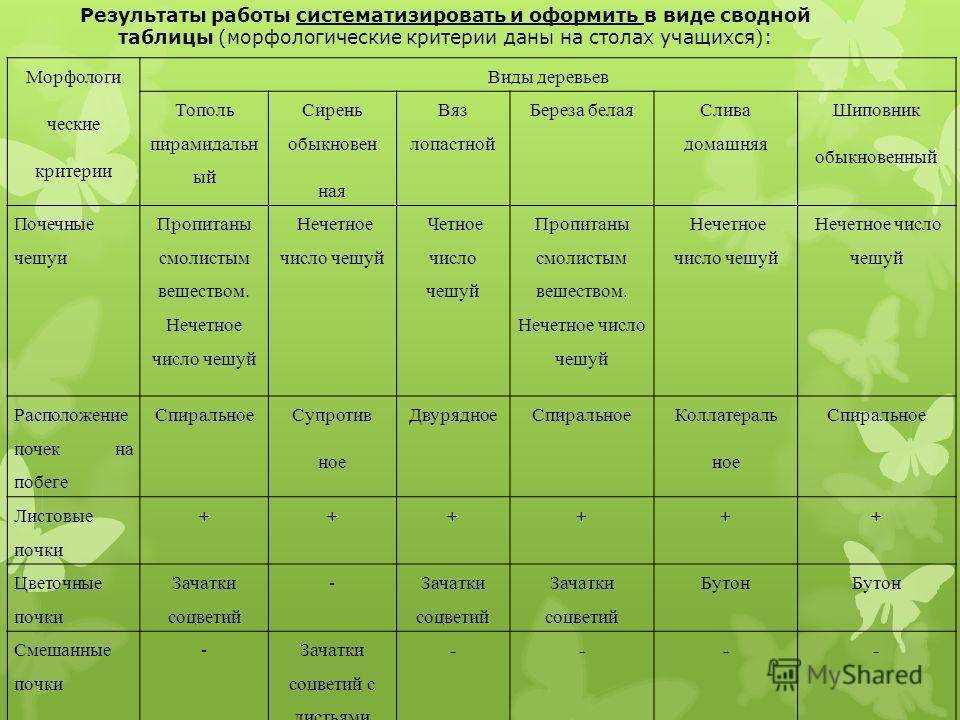
The forest area is a place with a stable microclimate where temperature and humidity are regulated by trees and vegetation. Forest harvesting results in soil exposure and opening up of the site to the sun, resulting in higher temperatures and lower humidity. These changes in the microclimate can negatively affect the development of butterflies, as they are sensitive to changes in the environment.
Disruption of the balance in the ecosystem
The forests are home to many plant and animal species, including butterflies. Forest clearing leads to the destruction of their natural habitat and the reduction of food sources. Butterflies depend on certain types of plants to serve as their food plants and oviposition sites. Forest clearing can lead to the extinction of these plants and upset the balance in the ecosystem.
Thus, forest harvesting has a negative impact on butterflies and the ecosystem as a whole. In order to preserve the species diversity and biological richness of forests, it is necessary to carefully manage forest harvesting and apply sustainable agricultural practices to minimize negative impacts on butterflies and the natural environment.
Effects of forest harvesting on butterflies
Forest cleanup has serious implications for butterflies and their ecosystem. Firstly, the clearing of the forest leads to the destruction of the natural habitats of butterflies. Forests are an ideal place for butterflies due to the presence of a variety of plants that serve as a food source for their caterpillars and adults.
Secondly, the harvesting of the forest leads to the destruction of the population of plants that are food for butterflies. Many species of butterflies have a narrow range of plants that they can use as a food source. Therefore, the destruction of these plants can lead to the extinction of certain species of butterflies.
In addition, forest harvesting can lead to disruption of the natural balance in the ecosystem. Butterflies play an important role in plant pollination by carrying pollen from one flower to another. This contributes to the reproduction of plants and the maintenance of biological diversity. The destruction of forests can lead to a decrease in the number of butterflies and, as a result, to a decrease in pollination of plants and a deterioration in the state of the ecosystem as a whole.
Overall, forest harvesting has major implications for butterflies and their ecosystem. This leads to the destruction of habitats, the depletion of the original plant resources and the decline of the butterfly population. Therefore, in order to preserve the biodiversity and health of the ecosystem, it is necessary to take measures for the sustainable use of forest resources and the conservation of their natural habitat for butterflies.
Possible ecosystem changes during forest harvesting
Forest harvesting is a serious intervention in the natural environment and can lead to significant changes in the ecosystem.
1. Loss of biodiversity

Forests are unique ecosystems with a high level of biodiversity. Forest clearance can lead to the loss of many plant and animal species that depend on the forest environment for their existence. This can lead to disruption of food chains and degradation of the ecosystem as a whole.
2. Change in water regime

Forests play an important role in regulating the water regime by retaining and absorbing rainwater. Forest harvesting can lead to increased surface water runoff, which can cause soil erosion and change in watershed patterns in surrounding areas. This can lead to flooding, a decrease in groundwater levels and a deterioration in the quality of water resources.
3. Increasing levels of pollution
Forest harvesting can lead to increased levels of pollution in the environment. Cutting trees and using machinery can lead to emissions of harmful substances and dust. In addition, the lack of forest cover can lead to increased soil erosion and pollution of water resources by pesticides and fertilizers used in agriculture.
In general, deforestation can lead to major changes in the ecosystem, which can have negative consequences for biodiversity, water resources and environmental quality. Therefore, it is necessary to carefully assess the potential consequences of forest harvesting and take measures to minimize the negative impact on the ecosystem.
The role of butterflies in the ecosystem
Butterflies are important members of the ecosystem with a number of important functions. They play a key role in plant pollination by carrying pollen from one flower to another. Thanks to this, butterflies contribute to the reproduction of many plant species and the maintenance of biological diversity.
In addition, butterflies are an important link in the food chain. Butterfly larvae serve as food for many birds, insects and other predators. Adult butterflies also serve as a food source for birds and other insectivorous animals.
Butterflies also serve as indicators of the ecological state. Changes in the abundance and diversity of butterflies may indicate changes in the state of the environment. For example, a decline in a butterfly population may indicate a disruption to the ecosystem, which may have negative consequences for other animal and plant species.
It is important to note that the conservation of butterflies and their habitats is of great importance in maintaining the sustainability of the ecosystem. They are not only beautiful and amazing creatures, but also an integral part of nature, which plays an important role in maintaining balance and harmony in nature.
Cleaning the forest and disrupting the balance of the species
Forest harvesting is one of the main causes of species imbalance in the ecosystem. The forests are home to many plant and animal species, including butterflies. When forests are harvested, trees are cut down, which leads to loss of habitat for many species of butterflies.
Butterflies depend on forest vegetation for their reproduction and nutrition. Cutting down forest areas reduces the area of available food for butterflies, as they feed on the nectar of flowers and plant juices. This can lead to a decrease in the number of butterflies and even the extinction of some species.
In addition, forest clearing can upset the balance of the species, as it can lead to the destruction of nesting and food gathering places for other animal species. This may lead to their migration or even disappearance from the area.
It is important to understand that forests are key components of an ecosystem and play an important role in maintaining biodiversity. Therefore, it is necessary to take measures to preserve forests and prevent their destruction in order to maintain the balance of the species and provide favorable conditions for the development of butterflies and other living creatures.
Influence of forest harvesting on butterfly migration
Forest harvesting is one of the factors influencing the migration of butterflies. The process of deforestation includes the cutting down of trees and the destruction of vegetation, which leads to a change in the living space of butterflies and the restriction of access to food and shelter.
Butterflies often depend on certain plant species to provide food for their larvae and adults. Clearing the forest can lead to the destruction of these plants and reduce the availability of food for butterflies. This can lead to a decrease in the number of butterflies and a change in their migration routes.
In addition, forest clearing can result in the loss of natural hiding places and breeding grounds for butterflies. Butterflies often use forest areas for rest and protection from predators. Forest clearing can cause these hiding places to disappear, which reduces the survival rate and the possibility of successful migration of butterflies.
Thus, forest clearing has a negative effect on butterfly migration by reducing the availability of food and shelter. In order to preserve migration routes and the number of butterflies, it is necessary to take into account the impact of forest harvesting when planning agricultural practices and implementing measures to protect and restore forest ecosystems.
Agricultural practices and butterflies
Agricultural practices have a significant impact on butterflies and their ecosystem. One of the main aspects is the use of pesticides, which are used to control pests. However, pesticides can have a negative effect on butterflies by killing them or weakening their immune systems.
In addition, agricultural practices such as mass harvesting of fields and mechanized tillage can lead to the destruction of the natural habitats of butterflies. The loss of oviposition and feeding sites can significantly reduce a butterfly population.
However, agricultural practices can also be adapted to support butterflies and their ecosystem. For example, farmers can use alternative pest management methods such as integrated pest management or biological controls. This will help minimize the use of pesticides and reduce their negative impact on butterflies.
Also, farmers can create special areas in their fields where plants will grow that attract butterflies. It can also be useful for pollinating other crops. In addition, farmers can provide nesting and feeding grounds for butterflies, creating small oases in agricultural landscapes.
In general, the impact of agricultural practices on butterflies and their ecosystem can be either positive or negative. However, by adapting practices and creating a favorable environment for butterflies, a more sustainable and balanced ecosystem can be achieved.
Effects of using pesticides on butterflies

The use of pesticides in agriculture and forestry has serious consequences for butterflies and the ecosystem as a whole. Pesticides designed to kill pests can have a negative effect on butterfly populations, which are important plant pollinators.
One of the main consequences of using pesticides on butterflies is mortality and population decline. Pesticides can kill not only pests, but also beneficial insects, including butterflies. They can get on plants that are a source of food for caterpillars, and lead to poisoning of their body. A large amount of pesticides in the environment can reduce the survival of caterpillars, which ultimately leads to a decrease in the number of butterflies.
Another consequence of the use of pesticides on butterflies is violation of their reproductive ability and development. Pesticides can affect the hormonal balance of butterflies, which can lead to disruption of reproductive processes. They can also influence the development of caterpillars and their ability to turn into a chrysalis and then into an adult butterfly. This can lead to deformations and damage, which impairs the viability and survival of butterflies.
Besides, the use of pesticides can lead to changes in biodiversity and ecosystem structure. Butterflies play an important role in the food chain and pollination of plants. Their reduced abundance can lead to an imbalance in the ecosystem. Butterfly declines may also affect other organisms that depend on them for food or insect predators.
In general, the use of pesticides disturbs the biological balance and leads to negative consequences for butterflies and the ecosystem. Therefore, it is important to look for alternative methods of protecting plants and forests that do not harm beneficial insects and conserve biodiversity.
Possible Ecosystem Changes under Agricultural Practices
Agricultural practices can have a significant impact on an ecosystem, leading to various changes in its composition and functioning.
One of the major changes brought about by agricultural practices is the loss of biodiversity. When using monocultures and intensive cultivation methods, there is a decrease in the number and diversity of plants and animals in the ecosystem. This can disrupt food chains, reduce soil fertility and degrade conditions for native species.
Another important change brought about by agricultural practices is environmental pollution. The use of chemical fertilizers and pesticides can lead to soil, water and air pollution. This can adversely affect human and animal health, as well as degrade ecosystem services such as deteriorating water systems and reducing soil dust production.
Another possible change related to agricultural practices is the destruction of natural habitats and the loss of natural ecosystems. Deforestation, draining swamps and drying up water bodies to expand crops or pastures can result in loss of biodiversity and destruction of ecosystem services such as water regulation and soil formation.
In general, agricultural practices have a significant impact on the ecosystem and it is important to develop and apply sustainable agricultural practices that minimize negative impacts and conserve natural resources and biodiversity.
The role of butterflies in crop pollination
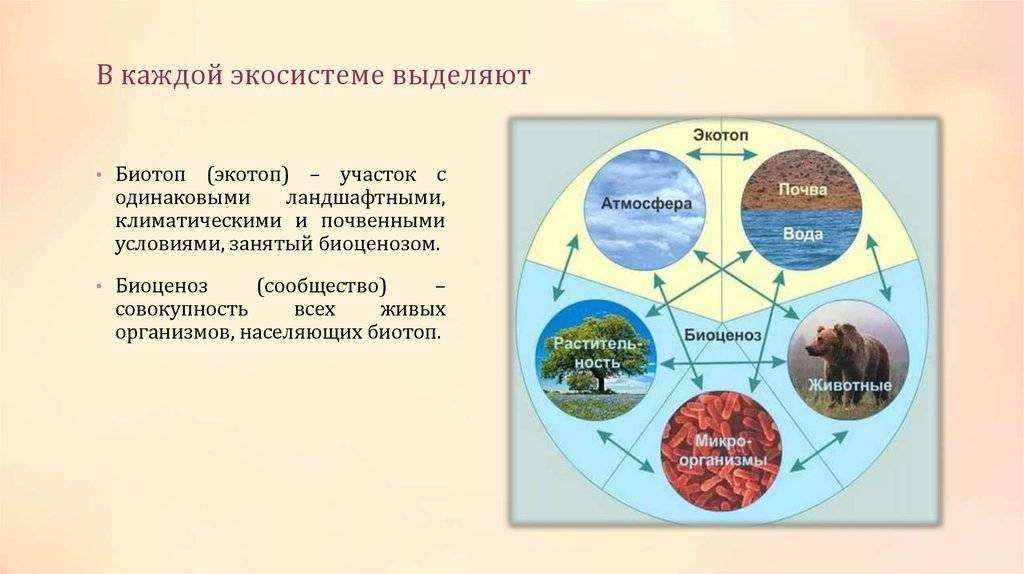
Butterflies play an important role in the pollination of crops, helping to increase yields and product quality. They are one of the main pollinators of plants, transferring pollen from one flower to another, ensuring the pollination process and the subsequent formation of fruits.
Butterflies are attracted to flowering plants for their bright colors and scents. They feed on the nectar of flowers and in the process of visiting flowers, they accidentally transfer pollen to their bodies. On the next visit to another flower, the pollen is transferred to the pistils, where it forms a pollen grain capable of fertilizing the egg and starting the process of fruit formation.
It is important to note that different types of butterflies prefer to pollinate different crops. For example, butterflies from the pied family actively pollinate vegetable crops such as tomatoes and eggplant, while other species of butterflies prefer flower crops such as sunflowers and roses.
In the absence of a sufficient number of butterflies, pollination of plants may be insufficient, which will lead to a decrease in yield and product quality. Therefore, it is important to conserve and protect butterflies and their habitats in order to provide the necessary conditions for the pollination of crops and the maintenance of the ecosystem as a whole.
Forest harvesting and agricultural practices: the relationship
Forest harvesting and agricultural practices are deeply interconnected and have a significant impact on butterflies and the ecosystem as a whole. When harvesting the forest, trees are cut down, which leads to a reduction in living space for many species of butterflies. They are losing their habitats and food sources, which can lead to a decrease in the number and diversity of butterflies in a given area.
Agricultural practices also have an impact on butterflies and the ecosystem. The use of pesticides and herbicides in agriculture can harm butterflies by destroying their living space and food sources. Butterflies can be poisoned and also lose access to the flowers on which they feed and breed.
However, agricultural practices can also create favorable conditions for some species of butterflies. For example, organizing special flower lanes or pastures for bees and other pollinators can be beneficial for butterflies as well. Given enough flowers, butterflies will be able to find food and breeding sites even in agricultural areas.
Thus, forest harvesting and agricultural practices have a complex relationship with butterflies and the ecosystem. They can lead to both negative consequences and the possibility of creating favorable conditions for butterflies. Therefore, when developing and applying these practices, it is necessary to take into account environmental aspects and strive to preserve the diversity and sustainability of the ecosystem.
Protection of butterflies and ecosystems from negative human impact
Butterflies are important members of the ecosystem, performing a number of useful functions such as pollinating flowers and participating in food chains. However, the negative human impact on the environment can lead to the destruction of their habitats and a decrease in their numbers. To protect butterflies and preserve the ecosystem, a number of measures must be taken.
Limiting the use of pesticides
One of the main threats to butterflies is the use of agrochemicals such as pesticides. They can be toxic to butterflies, both at the stage of larvae and adults. Therefore, it is important to limit the use of pesticides in agriculture and horticulture, and to apply safer alternatives such as biological pest control methods.
Conservation of natural habitats
It is important for butterflies to have access to natural habitats such as forests, grasslands and water bodies. Human activities such as deforestation, land development and land reclamation can lead to the disappearance of these places. Therefore, it is necessary to take measures to preserve and restore natural biotopes, as well as to create special reserves and parks where butterflies can find suitable living conditions.
Popularization of research and education
To effectively protect butterflies and the ecosystem, it is necessary to promote their study and popularization. Research will help to better understand the ecology and behavior of butterflies, as well as identify opportunities for their protection. Educational programs and activities aimed at raising public awareness of the importance of biodiversity conservation also contribute to the protection of butterflies and the ecosystem as a whole.
Thus, protecting butterflies and the ecosystem from negative human influence requires limiting the use of pesticides, preserving natural habitats and conducting research, as well as educational work.

